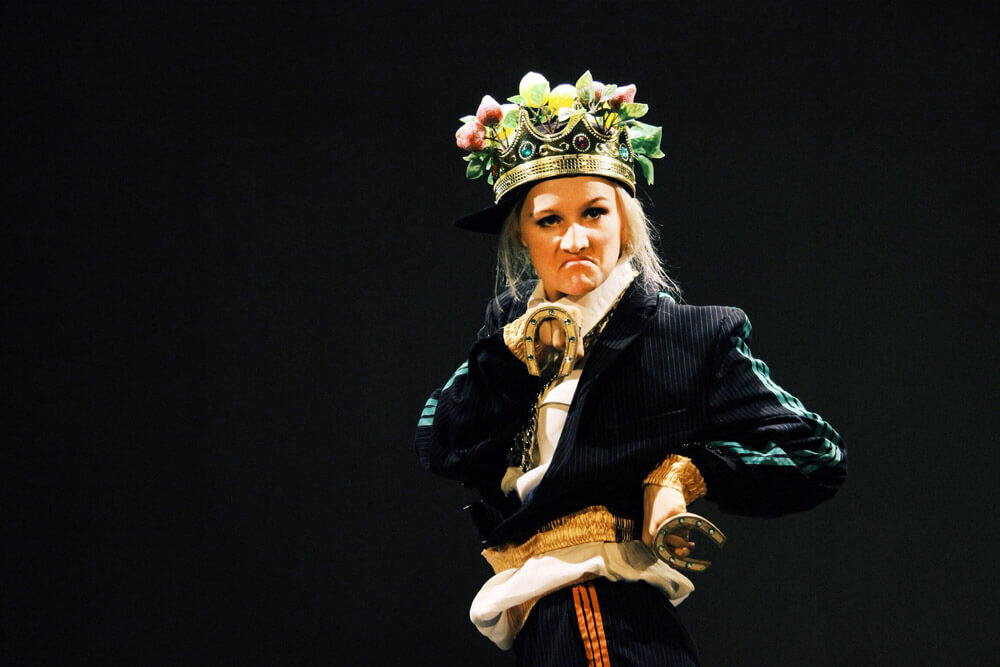Artist versus marketer
Two days ago I had a meeting. It was a meeting with an artist. It wasn’t any artist. It was the brightest young thing I have seen in theatre in years. Yve Blake made a show from an interactive website she’d created that invited people to submit stories of who they thought they used to be. Over 120 submissions from over 10 countries in the form of emails, photos and memories served as as material to tell the story of Then, the show. It sold out. It moved the audience like an unexpectedly great conversation with a stranger.
The reason behind the meeting? I’m the head of marketing at a tech startup, an app that makes email feel good. Anyway. Sometimes artists notice things exactly in the way you wish for your brand to be seen. I thought if Paperfold, the email app, was a show, it would be ‘Then’. It made sense to meet and talk with the artist.
The thing is I’m a theatre director. I spent six years directing and producing shows and stories that I felt were too good not to share with an audience. The most human I’ve felt was in a theatre seat, shoulder to shoulder with a stranger either side of me. I am uplifted and saddened by the beauty of theatre. Its ephemeral nature that only exists at a given time and place. The way each show takes on a different flavour as audiences grow and venue changes. The way it touches hearts across cultures. The way the last show ends and disappears forever.
I looked up. A very rare talent with an ingenious ability to tell real stories was sat in front of me. In a marketing meeting for Paperfold. And then it happened. I realized it was all a wrong set up.
Pitching a product to an artist
Pitching is the number one activity in a startup. We pitch to investors, journalists, customers and we feel embarrassed pitching to friends. We depend on them. Artists mostly pitch through the work itself.
“I think what you do is very inspiring.” I said, not quite knowing how to steer the conversation further. It felt like a first date. Ever. “Thank you,” she said, humbly. “I want to see if there’s a way I can support you in doing what you’re doing.” I added.
Memories in theatre and working for clients flashed in front of me. For the first time I was being the client here. I realised I had no added intellectual value to offer to her. I could offer her a brief, a fee and exposure. All external sources of motivation. Like a dream salary to someone extraordinary who doesn’t believe in your product.
It’s not that she wasn’t excited about Paperfold. She was, but not in a way a journalist or investor is. Tech alone doesn’t do it for creative people. No artist or creative would choose to be associated with a brand by choice. And let’s not kid ourselves, no brand would choose to be associated with an artist because they believe in them. That’s obvious and fair enough.
I was growing more aware of my job title. Role. Whatever you want to call it. At this point in any other meeting I would pitch. I did nothing.
“Do you want to show me Paperfold?” She said as if she was reading my mind. “Maybe later?” I replied.
The dilemma
Don’t get me wrong. I’m not a runaway trapeze artist joining a tech startup because it’s cool. After a degree in directing, I went to London Business School to work out how theatre fits into business and vice versa. Theatre doesn’t function on a simple demand versus supply model. Ticket sales capacity is limited by numbers and publicly acceptable charge price. The burn rate is enormous. A 3000 seater doesn’t suit a small scale show. Business models can vary show to show. Company culture is everything.
I also spent five years working in advertising of sorts which included setting up my own agency to help brands communicate in a more human way. I stopped because ‘agency’ and ‘human’ in one sentence made me uncomfortable. Ad agencies are weird places. Kind of like luxury zoos for tamed artists. Comfy and cool for the now creatives who respond to briefs to hunt down eye balls. But no matter how cool, a zoo will never become a jungle. Artists thrive in the wild, free to express the inside of their heads and hearts. We all do.
Let me put this straight. We are not talking wanky art here. We are talking the sort that rearranges something in belief system. The sort that makes you want to get in touch with the people you’d missed and smile at strangers. Artists don’t want to please your brand and your customers, no matter how awesome it is. I’ve seen a lot of awesome brands. An ad brief is still in the category of external motivation. You will never get an artist to devote to you, even if they like the brief and your product. It’s thought captivity.
And yet this is what we want to see happen in marketing. Heartfelt content that creates heartfelt devotees and ends up in heartfelt sharing. True stories. Real people. Accidentally captured moments. Humanness. And cats.
Some ad agencies do phenomenal work. Artists turned creatives enjoy the process of making. But they still don’t care about your brand like you do. Because why should they? Don’t give me the exposure argument to people who likely don’t care about their work. That’s bullshit. External motivation.
How to treat artists well
Artists don’t need exposure. They need funding to spend time developing what they do best. That’s work that takes thought and experimenting. Some will be flops and that’s OK. That’s normal in tech development, so why not in the arts? Because less people can benefit? Well that’s the nature of the beast. The beast doesn’t eternally sit in the App Store ready to be downloaded by millions. The beast lives in a medium sized building for a while.
OK fine. Funding helps, but you can argue it’s still external motivation. So what do we need to do to align the artist’s mind with our brand after all? We need to stop pitching our startup in the first place. I mean. Thank god there’s still people who don’t give a shit about tech. Tech is great, but so are other things. Like people we’d never met before. Or live music. Tigers. Reading a book in a foreign language. But most of all, stories that inspire change.
“What is your work about?” I ask the artist. “Self-doubt. I’d like my next project to be about social media and how it turns us into weirdos. I also want to make more music. Do you want to work on it together?” “Sure!” I said with my theatre director hat on. Or so I tried.
I’ll be very frank here. I don’t really give a shit about tech. As useful as I find them, I don’t give a shit about apps. And I don’t even give a shit about email. But I truly believe in Paperfold. Why? Because of the stories our inboxes hold and the new way it will let us see them. I want it to be a springboard that will fire us back towards the people that matter. Or mattered. In the days when we’d treat writing an email as an event to the friends far far away.
“I’d love to work with you, but I’m not here to pitch. You know what Paperfold is. That’s not interesting. What’s interesting is your view of the internet and the way you tell its stories.” “Thank you,” she said, even more humbly than before. I continued. “Can you think of ways we can work together that you find fun and that wouldn’t steer you away from the things you care about? I want it to make sense to you, and me. I want the work to be yours. Does that make sense?”
She smiled. We started figuring it out. Suddenly we were two theatre-makers pondering what people’s inboxes might look like. What the most treasured email might be. The Miranda July email project We Think Alone. The first attachment we’d ever sent and its story. We figured it. We agreed. We’re on it.
Finding a shared value system
I wish wholeheartedly for anyone in startups or marketing who has never worked in the arts to experience the arts often. Because remember. Great artists, creatives, makers - whatever you want to call them - care about people and stories that challenge us all. They notice things you often don’t have the time to pay attention to yourself. If you tell them to do exactly that for your brand, you should scroll to the top of this page. That’s not to say they don’t want to work with you. They get that you’re after sign ups and eye balls. They’re not stupid.
But do you know what they’re after?
Their motivation is precisely the same as yours. You are not working on your startup day and night because you want to get rich. If you are, that’s a pretty risky way of getting rich. It’s borderline idiotic. You are most likely working on your startup because you want to make the world a bit better, in a way that matters. And because it’s fun making it. You might even be smart enough to create something people are happy to pay for. Well, artists too only have two reasons. To share something that matters with their audience, because it’s fun making it, and because they improve their skills doing it - which deserves a fair fee.
So there’s common ground for you. Common ground is gold.
You know sometimes I think we have become too efficient and productive to know what it’s like to experience great art communally. Together in one room. Where all that matters is your own eye balls in a moment in time. If you think so too, please do me a favour. Book a ticket to a show and if you like it, talk to the artists after. It matters.
I wish you all great and humbling shared experiences with them and other strangers.
Eva
PS Feel free to contact me for show recommendations. I like to turn to Lyn Gardner for these.

